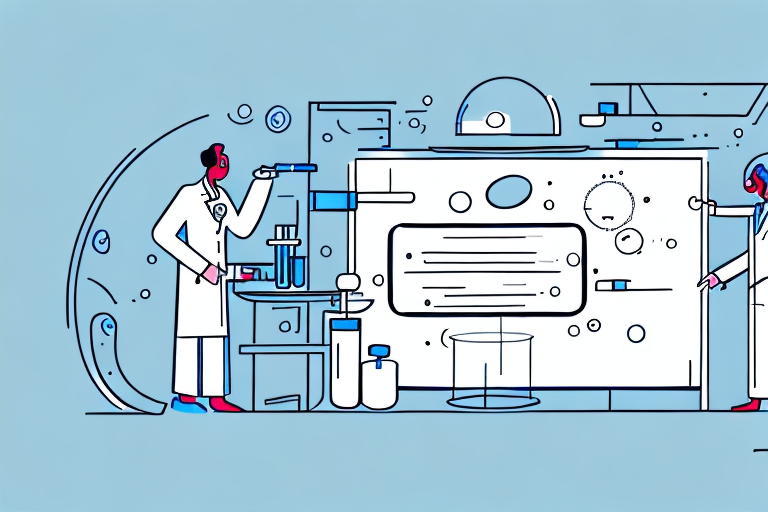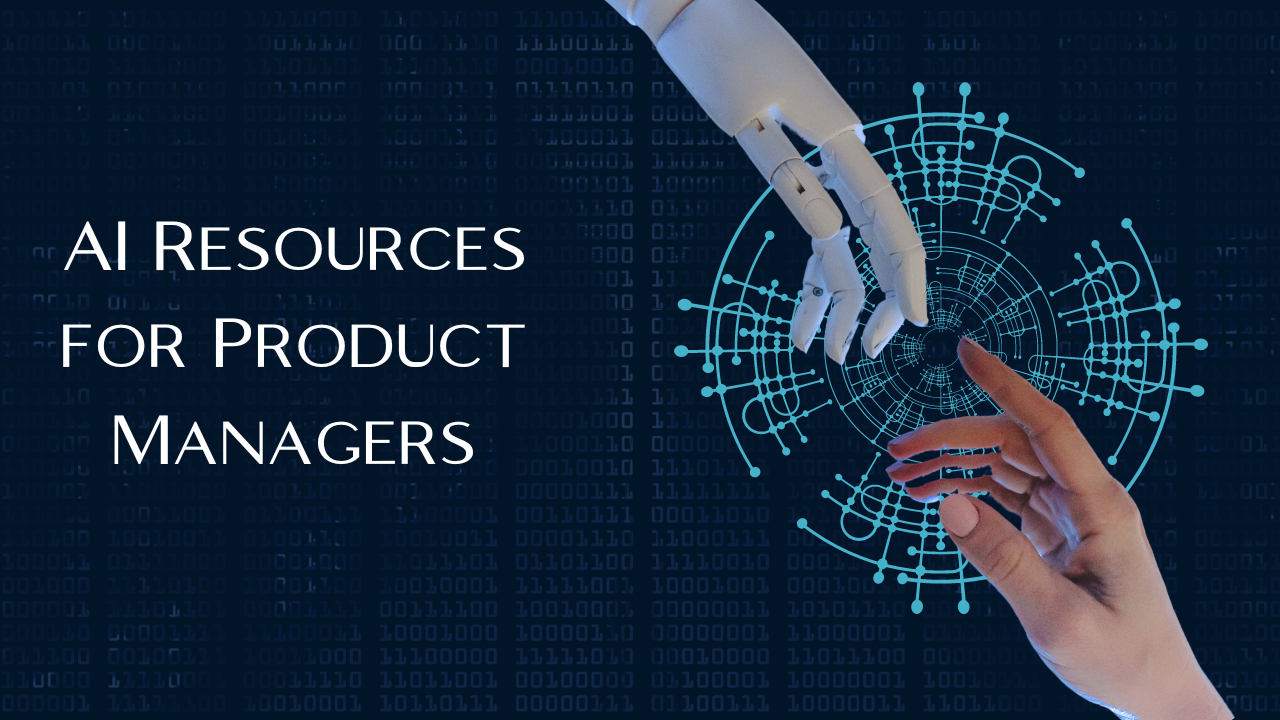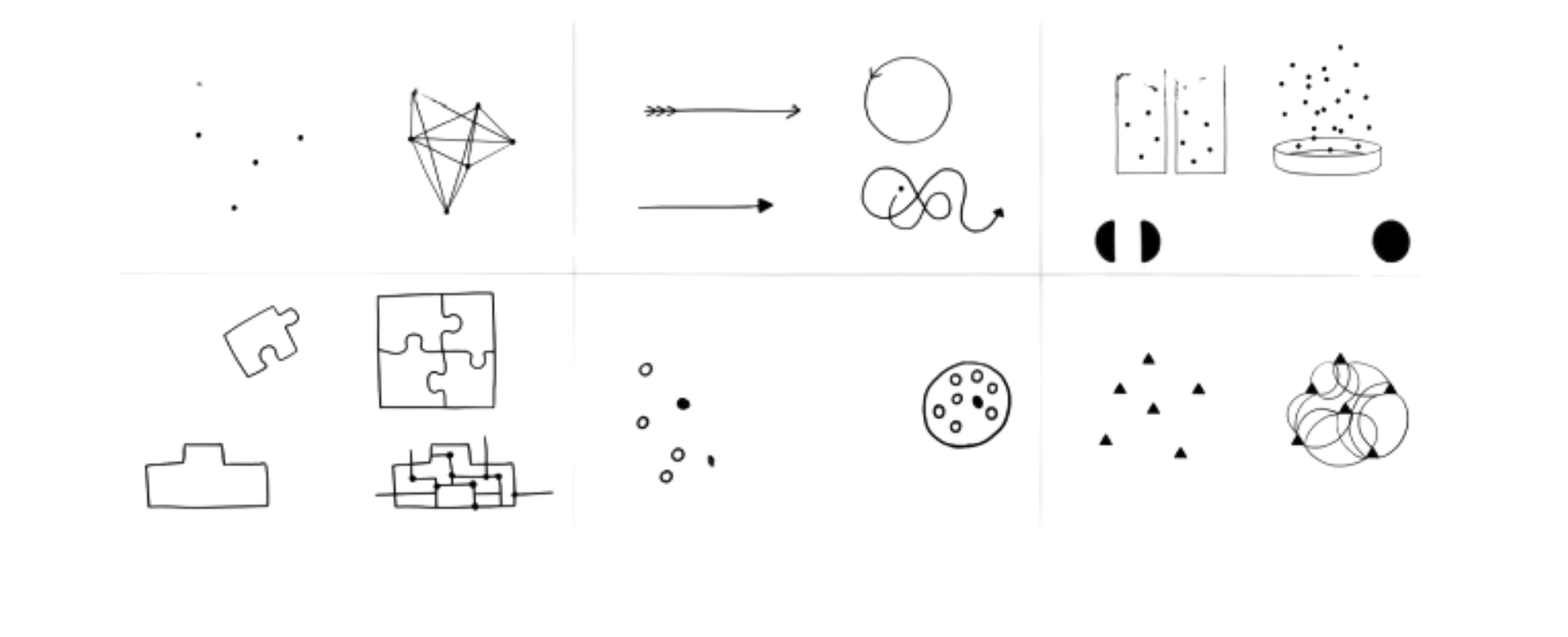Customer Validation for Non-Tech Products: Making it Work

Customer validation for non-tech products can be a huge challenge, but it’s an important part of the product development process. In this article, we’ll look at the unique challenges of validation for non-tech products, the importance of customer validation, how to conduct effective customer validation, common mistakes to avoid, and the future of customer validation. Read on to learn more.
The Unique Challenges of Validation for Non-Tech Products
Non-tech products, such as apparel, toys, furniture and home goods, present their own unique challenges when it comes to customer validation. Unlike tech products, which can be tested and validated through usability tests and beta programs, non-tech products need to be evaluated in different ways. For example, focus groups and surveys can provide valuable feedback on how consumers would respond to a product, but it’s important to also use physical testing and prototyping. This can help you determine how well the product functions, how it looks and feels, and how consumers would interact with it.
It's also important to consider the cost of validation for non-tech products. Physical testing and prototyping can be expensive, and it's important to weigh the cost of validation against the potential benefits. Additionally, it's important to consider the time it takes to validate a non-tech product. It can take longer to validate a non-tech product than a tech product, so it's important to plan accordingly.

Become a Product Manager
Learn from top industry experts, get access to 1 year placement support and transition into product management at India's top tech companies.
The Importance of Customer Validation for Non-Tech Products
Customer validation is vital for non-tech products. It’s essential for understanding consumer needs and preferences and for determining whether or not a product is ready for release. Customer validation can also help you uncover potential issues with a product before it hits the market, which can save you time and money in the long run.
Customer validation can also help you identify opportunities for improvement and innovation. By gathering feedback from customers, you can gain valuable insights into how to make your product better and more attractive to potential buyers. Additionally, customer validation can help you identify new markets and target audiences for your product, allowing you to reach a wider range of customers.
How to Conduct Effective Customer Validation for Non-Tech Products
The key to effective customer validation for non-tech products is to use a combination of methods. Focus groups can provide valuable insights into consumer needs and preferences. Surveys can give you a better understanding of what consumers think of your product and how they would use it. Physical testing and prototyping can help you determine whether a product meets your standards and will function as expected. Finally, user testing is an important part of the process, as it can help you identify usability issues before launch.
It is also important to consider the customer feedback you receive throughout the validation process. This feedback can help you refine your product and make it more appealing to your target audience. Additionally, customer feedback can help you identify potential problems and areas for improvement. By taking the time to listen to your customers, you can ensure that your product meets their needs and expectations.
Common Mistakes to Avoid When Validating Non-Tech Products
When validating non-tech products, it’s important to avoid several common mistakes. One of the most frequent mistakes is relying too heavily on feedback from focus groups or surveys. While these methods can provide valuable insights, they are limited in scope and can’t replace physical testing and prototyping. Additionally, relying too heavily on user testing can lead to inaccurate results if the wrong people are tested or if the test is not conducted properly.
Another mistake to avoid is failing to consider the customer’s needs. It’s important to understand the customer’s wants and needs before beginning the validation process. This will help ensure that the product is designed to meet the customer’s needs and that the validation process is tailored to the customer’s specific requirements. Finally, it’s important to remember that validation is an ongoing process. As customer needs and preferences change, the validation process should be updated to reflect those changes.
The Future of Customer Validation for Non-Tech Products
Customer validation for non-tech products has come a long way in recent years. As consumer expectations continue to rise, companies are increasingly turning to customer validation to ensure their products meet these expectations. In the future, it’s likely that companies will rely more heavily on customer validation as part of their product development process. Additionally, advances in technology will enable more sophisticated customer validation processes.
By taking the time to conduct effective customer validation for non-tech products, companies will be able to ensure their products meet consumer needs and expectations. With the right combination of methods, companies can gain valuable insights into their products and ensure they meet customer expectations before launch.
In addition to traditional customer validation methods, companies should also consider leveraging new technologies such as artificial intelligence and machine learning to gain deeper insights into customer preferences. By leveraging these technologies, companies can gain a better understanding of customer needs and develop products that meet those needs.

Become a Product Manager
Learn from top industry experts, get access to 1 year placement support and transition into product management at India's top tech companies.



